Managing turnovers and microstress in the healthcare industry
RedCAT Systems | Jul, 2024
Read time: 3 minutes
Keywords: Healthcare, HR, transparency, change agent, performance management, compensation
Healthcare workers have devoted their lives to serving the community. How can we ensure they’re getting the support they need? From administrator to practitioner, we need to improve their experience and provide the compensation and performance conversations that matter.
Current landscape
We can better serve this population by assessing the current landscape of the healthcare employee experience. According to the Society for Human Resource Management (SHRM), two major contributors to the healthcare staff shortage are burnout and lack of employee engagement. From that study, SHRM reports a 22.5% turnover rate for nurses, which contributes to this feeling of burnout. Turnover often results in employees taking on more responsibilities to cover for frequent changes, often without additional compensation or benefits.
Relatedly, Fast Company introduces the term microstress. This is described as “brief moments of stress in our professional and personal lives that accumulate day-to-day in ways that slowly suck the life out of us.” Healthcare workers manage patient, administrative, and insurance company expectations in their daily lives. These moments steadily build over time and compound by regularly interacting with those who also experience microstress.
Communication and engagement
Being mindful of the consequences of turnovers and microstress, HR professionals can serve as the change agents necessary to improve the employee experience. HR World suggests that a change agent is one who stays informed and embraces trends designed to improve communication and engagement. Being aware of the latest innovations in recruitment, enhanced workforce planning, and routine automation can lighten the load to reduce microstress symptoms.
In addition to serving as change agents, HR professionals can lead with transparency. Transparency in performance reviews can change the scope of the conversation, whether at the HR or direct report level. These conversations are intended to help administrators and practitioners better establish specific and time-bound objectives, while providing a safe space to share potential blockers or pain areas. This is in direct contrast from the assumption that performance conversations only focus on the past and conduct reports.
Healthcare workers will feel valued and motivated when they are in a safe space. They can then contribute to larger discussions around topics such as employee engagement. The Center for Disease Control encourages active participation from staff members in developing programs and governance. Transparency is key here as well. Sharing updates, recognizing contributions, and connecting colleagues are needed to keep the momentum moving forward.
This is all supported by deploying a user-centered compensation program. As critical as engagement is, recognition also comes in the form of rewards. HR professionals and people leaders have the opportunity to empower their team members by reflecting individual contributions in a meaningful way and giving them the resources to create greater peace in their daily lives. Providing tangible and appropriate recognitions in an easy and clear way will better support employees.
